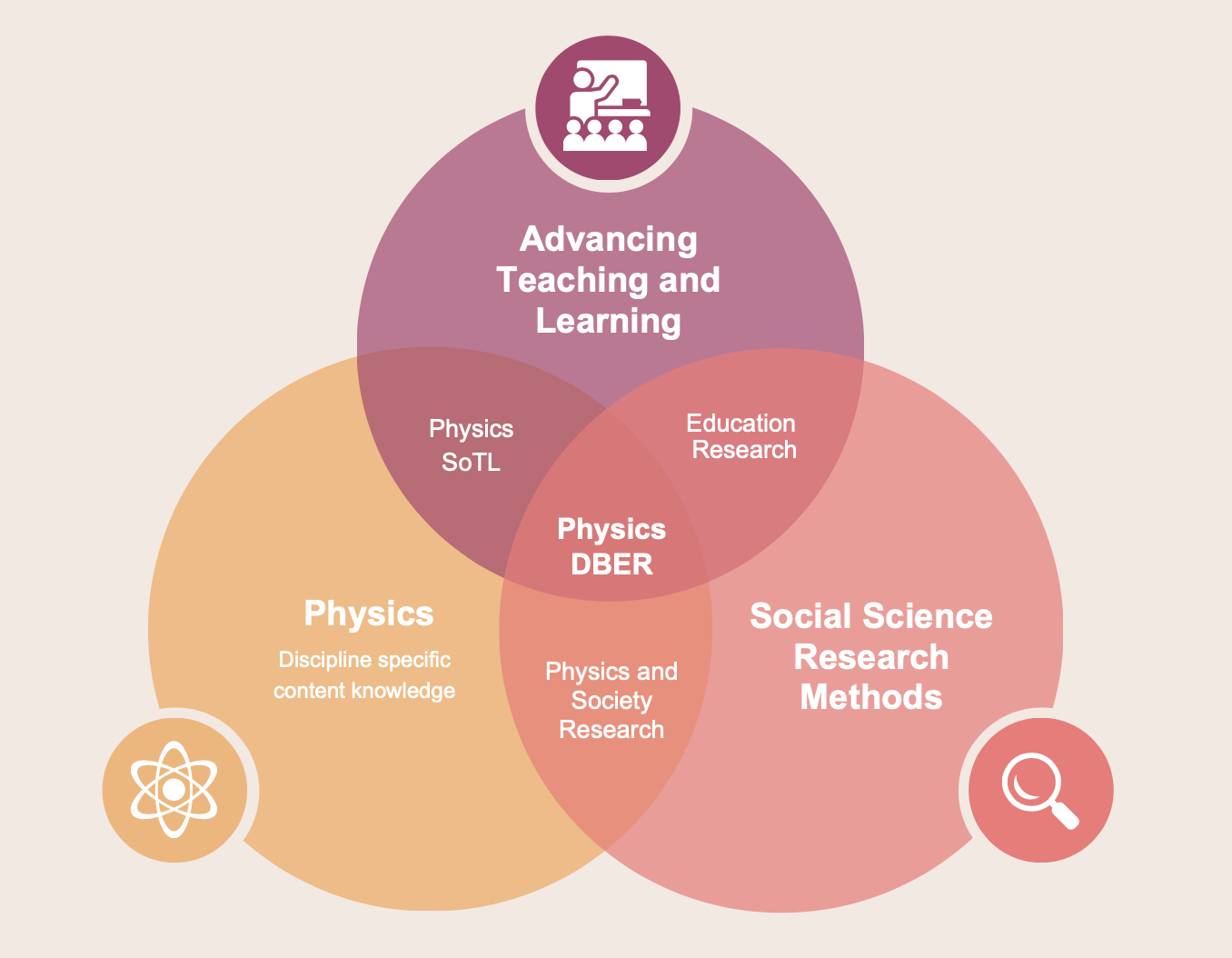Scholarship of Teaching and Learning (SoTL)
The diagram below shows the relationship between Scholarly Teaching and the practice of the Scholarship of Teaching and Learning (SoTL).
The Scholarly Teacher is familiar with evidence based pedagogic teaching methods within their discipline and utilises them within their own classroom. These might include things liked active learning techniques, a flipped classroom approach or different assessment methods. They then assess the efficacy of this and reflect on the effect on student learning in an iterative cycle, seeking to improve their own practice. When they share their findings with peers and invite feedback e.g., via presentation at a teaching focussed conference or another review process, they move into the sphere of SoTL.
This may then be shared with the wider community via publication in a specialised educational journal, blog or other media such as the National Teaching Repository.

Copyright: 2013 by Washington University
What is the between SoTL and Educational Research?
| Level | Purpose | Verified by | Results in |
|---|---|---|---|
|
Scholarly teaching (reflective approach to practice) |
To inform oneself |
Self |
Personal knowledge |
| Scholarship |
To inform a group within a shared context |
Those within the same group |
Local knowledge |
|
Research |
To inform a wider audience |
Those outside the context |
Public knowledge |
Table 1: Classification of pedagogic enquiry due to Ashwin and Trigwell (2004, p122) quoted in Morón-García et al. (2009, p4).
The table above shows the how scholarship is located within one's own classroom setting, is verified by local peers and contributes knowledge relevant to people in similar fields and contexts. By contrast, educational research uses recognised social science research methodologies, is verified externally and contributes to the wider educational sphere.

The above figure shows the required elements for Physics Education Research (PER), which is a form of discipline-based research (DBER). To perform PER, one must have specific subject-based knowledge, utilise robust social science methodologies and advance the field of teaching and learning. Whereas, SoTL has two of these three elements and is lacking the more formal social science research methods.
One approach is not necessarily superior to the other, they have different benefits and often complement one another.


/prod01/prodbucket01/media/durham-university/departments-/physics/pexels-photo.jpeg)